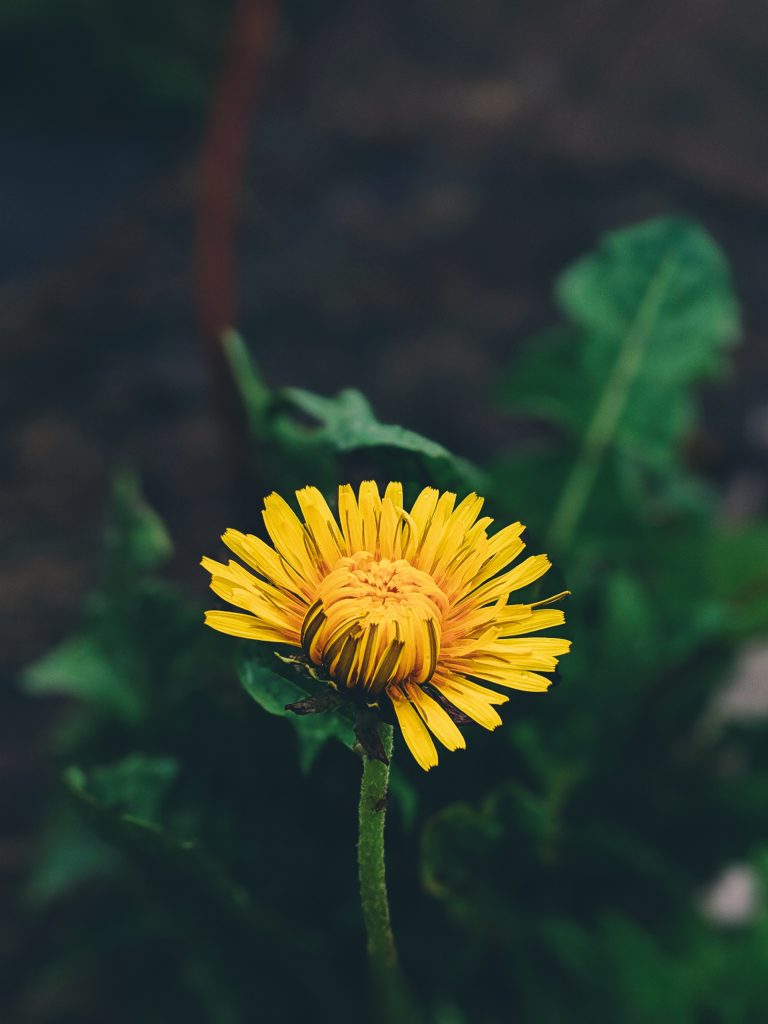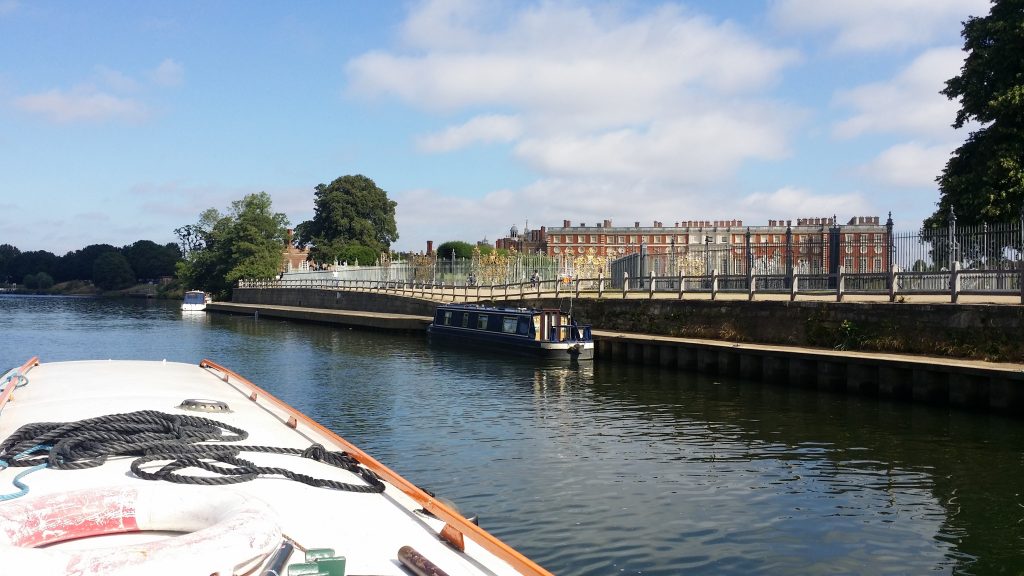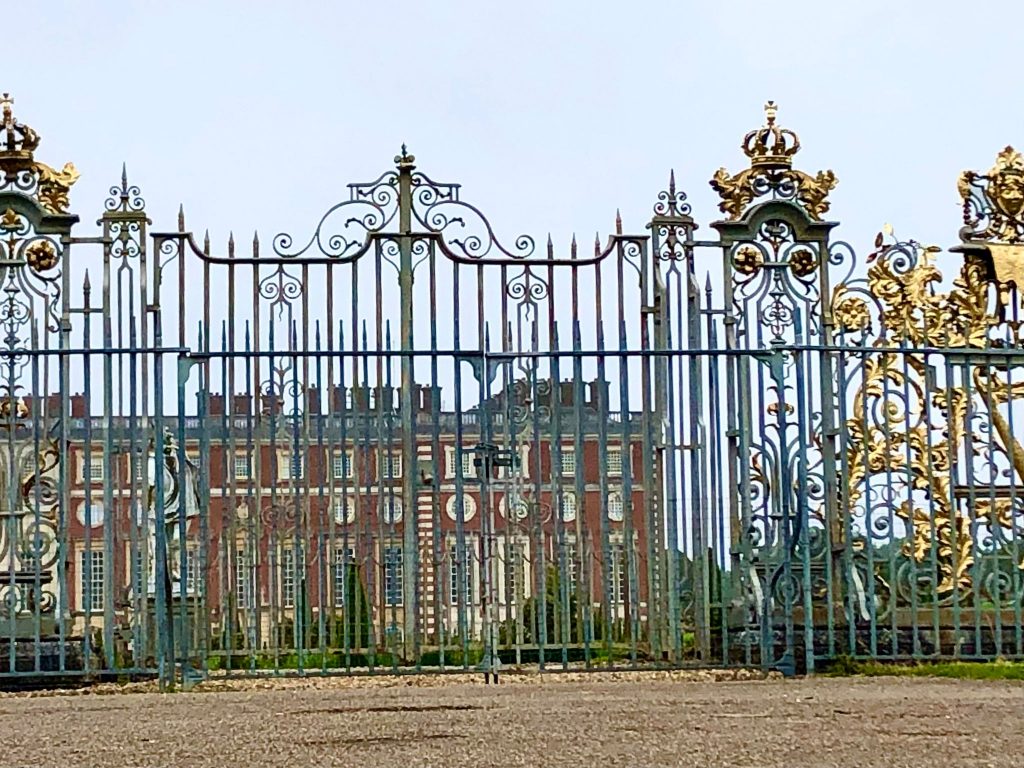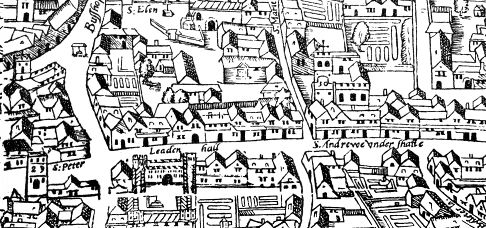
May has gone and, and just like last year not so many May posts. I have been leading a study tour for Road Scholar called ‘Quintessential Britain’ which visits: London, Oxford, Stonehenge, Bath, the Cotswolds, Ironbridge, Chester, Wales, York, Edinburgh. Great to see all those places in the company of a lovely group. In between, I have been moving my boat, Mrs Towser and looking after my grandson. Last year we went down the Lee Navigation to East London, but this year I am moored outside the golden gates of Hampton Court, in West London, at the beginning of an epic journey to Bath.
My boat is just where Henry VIII would have landed with Anne Boleyn on a visit from Westminster. The picture of the Gate wasn’t worth taking, sadly as they have erected some awful modern metal fending in front of it. But here is one I took a few years ago.

Indeed they are by Tijou and below is a video about the the restoration of the Tijou gates. Well worth five minutes of your time to watch.
And, I have a photo of the Gates taken on Friday just after Mrs Towser was moored.

Last year I wrote about looking after my grandson who was just making that huge transition from nappies to no nappies but is now so much grown up and joined by a brother. But, the post sprang from something that he said to me in the middle of the park. He was curious as to why I was concerned that the park toilets were out of action. He told me I could, like him, just pull down my trousers and wee, right here, right then, up against the tree in the park. My attempt at explanation drew a perplexed, ‘What?’ ‘What?’ is his new word. After an explanation, his next word is invariable another ‘What?’.
Is this relevant, you are asking yourself? May and June are the most prolific months for dandelions, which used to be known as ‘piss-a-beds’. They are diuretic and were often eaten, and so might well have consequences for the young trainee child.
John Hollybush in his 1561 ‘The Homish Apothecary’ says:
‘When a young body does piss in his bed either oft or seldom: if ye will help him take the bladder of a goat and dry it to powder, and get him to drink with wine, or else take the beans or hinder fallings of a goat, and give him of the powder in his meat morning and evening, a quarter ounce at every time.’
(quoted in ‘The Perpetual Almanac by Charles Kightley)
Hinder fallings are what falls out of the hind-quarters of a goat. I’m not sure even an indulgent Grandparent is allowed to give droppings and wine to the little ones. Nor can I find any mention of goat products in modern medical recommendations. So I won’t be recommending this as a practical aid.
Medically, dandelions were very well regarded. Mrs Grieve’s ‘Modern Herbal’ reports that it are diuretic and a general stimulant to the system but particularly the urinary system. They were good for liver and kidney complaints; gall-stones; and piles. They were considered excellent to eat and drink. Particularly, dandelion sandwiches using young leaves, with salt, pepper, and lemon juice. They were also taken in salads, teas, and beers.
We used to blow the seeds from the dandelion seed head saying ‘She loves me. She loves me not’ at each blow, until the truth was revealed.
Here is a poem based on the rhyme:
First written in June 2023, revised june 2024.


